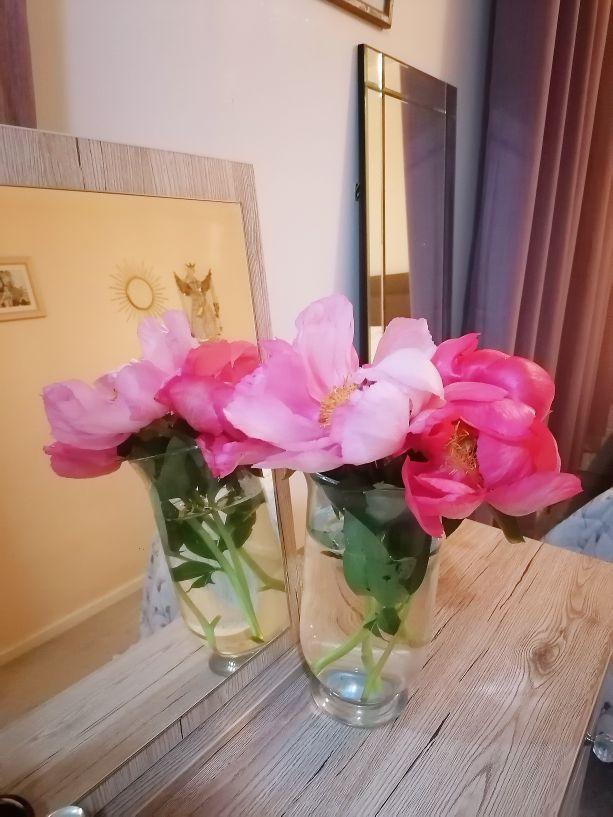典型应用范围:

水量表和其他商业设备,电缆套,机械凸轮,滑动机构以及轴承等。 注塑模工艺条件: 干燥处理:加工之前应保证湿度在0.1%以下。如果材料是暴露在空气中储存,建议要在 85C热空气中干燥4~5小时。如果材料是在密闭容器中储存,那么经过3小时温度平衡即可 直接使用。 熔化温度:240~300C;对于普通特性材料不要超过310C,对于有阻燃特性材料不要超过270C。 模具温度:对于未增强型材料为30~40C,对于薄壁或大面积元件为80~90C,对于增强型材料为 90~100C。增加温度将增加材料的结晶度。精确地控制模具温度对PA12来说是很重要的。 注射压力:最大可到1000bar(建议使用低保压压力和高熔化温度)。 注射速度:高速(对于有玻璃添加剂的材料更好些)。 流道和浇口: 对于未加添加剂的材料,由于材料粘性较低,流道直径应在30mm左右。对于增强型材料要求 5~8mm的大流道直径。流道形状应当全部为圆形。注入口应尽可能的短。可以使用多种形式 的浇口。大型塑件不要使用小浇口,这是为了避免对塑件过高的压力或过大的收缩率。浇口 厚度最好和塑件厚度相等。如果使用潜入式浇口,建议最小的直径为0.8mm。 热流道模具很有效,但是要求温度控制很精确以防止材料在喷嘴处渗漏或凝固。如果 使用热流道,浇口尺寸应当比冷流道要小一些。 化学和物理特性: PA12是从丁二烯线性,半结晶-结晶热塑性材料。它的特性和PA11相似,但晶体结构不同。 PA12是很好的电气绝缘体并且和其它聚酰胺一样不会因潮湿影响绝缘性能。它有很好的 抗冲击性机化学稳定性。PA12有许多在塑化特性和增强特性方面的改良品种。 和PA6及PA66相比,这些材料有较低的熔点和密度,具有非常高的回潮率。PA12对强氧化性 酸无抵抗能力。 PA12的粘性主要取决于湿度、温度和储藏时间。它的流动性很好。收缩率在0.5%到2%之间, 这主要取决于材料品种、壁厚及其它工艺条件。 PA 12 Generic Class PA 12 (Polyamide 12 or Nylon 12) Typical Applications Gear wheels for water meters and business machines, cable ties, cams, slides, and bearings. Injection Molding Processing Conditions Drying The moisture content must be below 0.1% prior to processing. If the material is exposed to air, drying in a hot air oven at 85 C (185 F) for 4 -5 hours is recommended (3-4 hours in a desiccant dryer). If the container is unopened, it may be used directly for molding after 3 hours of equilibration to shop floor temperature. Melt Temperature 230 - 300 C (446 - 580 F); Not to exceed 310 C (590 F) for standard grades and 270 C (518 F) for flame retardant grades Mold Temperature 30 - 40C (86 - 104 F) for unreinforced grades; for thin walled or large surface area components, 80 -90 C (176 - 194 F) may be used; 90 - 100 C (194 - 212 F) for reinforced grades. Increasing the mold temperature increases the crystallinity level. It is very important to precisely control the mold temperature. Resin Injection Pressure Up to 1,000 bar (14, 500 psi) Low hold pressures and high melt temperatures are recommended. Injection Speed High (high speeds give better finish on glass-filled grades) Runners and Gates Runner diameters for unfilled grades may be as small as 3 - 5 mm because of the material's low viscosity. Reinforced grades require larger diameters (5 - 8 mm). The runner shape should be the full round type. Sprues should be as short as possible. A variety of gates may be used. Small gates for large parts should be not be used, in order to avoid highly stressed components or excessive shrinkage. The thickness of the gate should preferably be equal to the part thickness. When using submarine gates, the minimum recommended diameter is 0.8 mm. Hot runner molds may be used effectively but precise temperature control is necessary to prevent material drooling or freezing off at the nozzle. When hot runners are used, the size of the gates may be smaller than in the case of cold runners. Chemical and Physical Properties PA 12 is a linear, semicrystalline-crystalline thermoplastic derived from butadiene. It has properties similar to PA 11 but its crystal structure is different. PA 12 is a good electrical insulator and its properties are not as sensitive to humidity as other polyamides. It has good resistance to shock and resistant to many chemicals. It is extensively modified with plasticisers and reinforcements. In comparison to PA 6 and PA 66, these materials have a lower melting point, density, and much lower moisture regain. It is not resistant to strong oxidizing acids. Viscosity is determined by water content, temperature, and residence time. This material flows easily. Shrinkage is of the order of 0.005 - 0.02 mm/mm (0.5 - 2%). This is dependent on the specific grade, wall thickness, and processing conditions. Major Manufacturers Huls (Vestamid), Elf Atochem (A).
,




